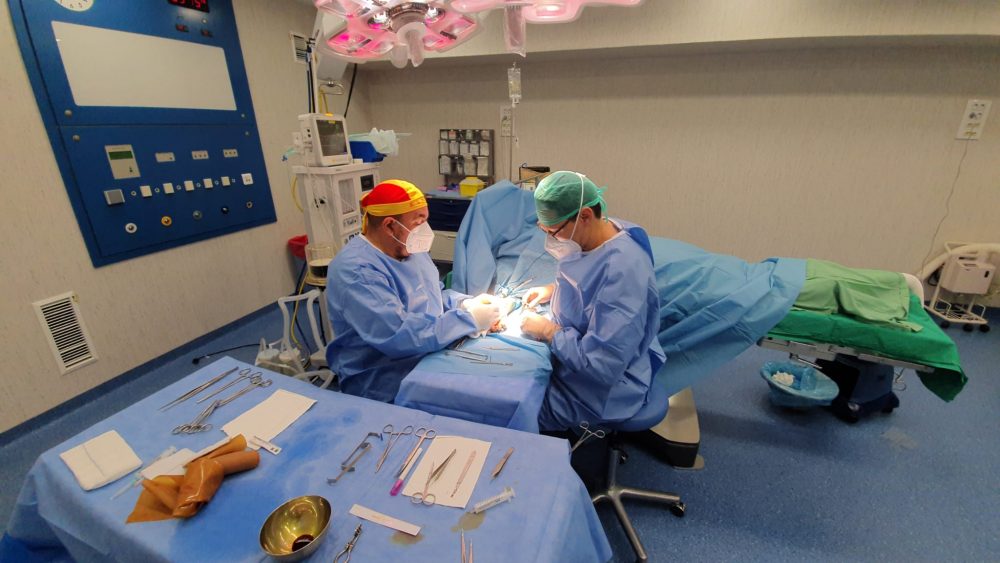Carpal tunnel syndrome: symptoms and treatment

Carpal tunnel syndrome is caused by pressure on a nerve in the wrist. Occupations involving repetitive hand motions are at a higher risk of developing this disorder over time.
Symptoms of carpal tunnel syndrome include tingling, numbness and weakness in the hands and arms.
What is carpal tunnel syndrome?
Carpal tunnel syndrome is a common condition caused by increased pressure within the wrist, on a nerve called the median nerve. Occupations involving repetitive hand motions, such as writers, IT technicians, or violinists, are at a higher risk of developing this disorder over time.
Symptoms
The most common early symptoms of carpal tunnel syndrome are tingling or numbness in the hand. Specifically, this sensation usually affects the thumb, index and middle fingers (the little finger, or “pinky”, is typically not affected). Another symptom is weakness and difficulty gripping things.
These symptoms often occur while holding objects, such as a steering wheel, phone or newspaper. Sometimes, during sleep, the prolonged numbness turns to pain causing the person to wake up.
The sensation of tingling or numbness may travel from the fingers to the wrist to the arm. People can obtain some relief if they “shake out” their hands, but as the condition develops, the tingling or numbness can eventually become permanent.
Treatment
The best treatment for carpal tunnel syndrome is to stop, or at least reduce, doing the hand motions that are causing the problem. Wearing a splint can help by immobilising the wrist. Taking breaks from those repetitive hand motions and performing hand exercises, can also help ease symptoms.
In addition, a doctor may prescribe anti-inflammatory painkillers or steroid injections to reduce the pain and swelling, but these offer short-term relief and do not address the root causes.
Surgery
Surgical treatment is performed only in the most severe cases, where the above-mentioned treatments have not worked. The aim of the operation is to cut the transverse carpal ligament that covers the carpal tunnel. This increases the size of the tunnel and decreases pressure on the nerves and tendons that pass through it.
This surgical procedure, called carpal tunnel release, requires a small incision approximately 2cm in length. It takes around 15 minutes to perform, during which the patient remains awake as only local anaesthesia is required. It is an outpatient procedure, so the patient returns home shortly afterwards that same day.
Most patients report instant relief after surgery. The patient should refrain from lifting heavy objects and instead perform rehabilitative exercises to facilitate recovery. Stitches are removed around 2 weeks later, and full recovery should take around 1 month, although this will depend on various factors such as age or severity of carpal tunnel syndrome.




